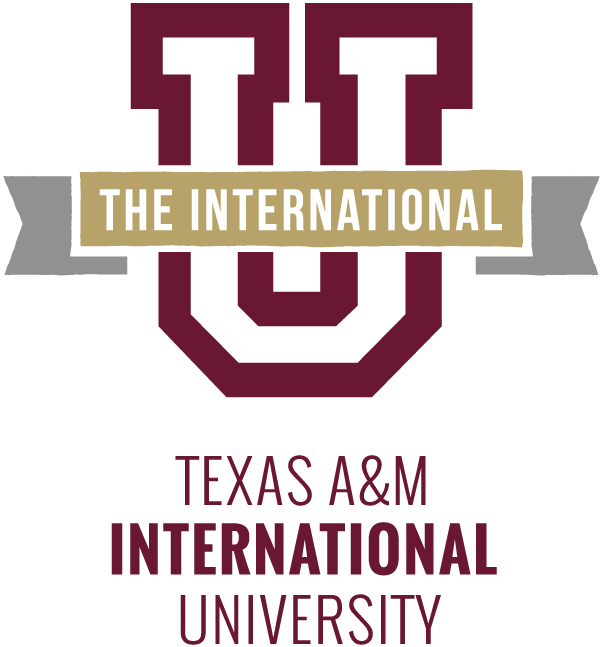
“As soon as a course is QM-Certified, the course representative’s picture gets posted on our social media outlets, their information and picture get posted on our website, and the QM Certification Mark is displayed in their course shell so students are aware that the course is a well-designed course that has met our standards of quality.”Dr. Patricia Abrego, Director of Instructional Technology & Distance Education at Texas A & M International University
They say everything is bigger in Texas, and that might be true when it comes to course reviews. To date, 717 courses at Texas organizations have earned QM certification, with Texas A & M International University (TAMIU) leading the way! The University has 144 certified courses so far, and they’re not done yet.
TAMIU’s journey to 144 certified courses began in 2011. As the University’s Director of Instructional Technology & Distance Education Dr. Patricia Abrego explained, “Back in 2011, Dr. Ray Keck, TAMIU’s president at the time, established the Distance Education Advisory Committee (DEAC) to guide the University’s online efforts. The committee included significant faculty representation from each of the University’s five colleges.” Following its formation, the DEAC introduced Quality Matters course design certification as the official certification for quality online and hybrid courses. They also allocated resources to offer faculty development stipends to assist with course design.
It’s clear that the initiative was a success. The University not only achieved 144 certified courses since DEAC’s inception, its team of faculty and staff also completed dozens of Internal Reviews and Alternate Version Reviews. Team members also participated in numerous sessions of both the Applying the Quality Matters Rubric workshop (APPQMR) and the Improving Your Online Course workshop (IYOC) to support course design and course certification efforts.
Along the way, TAMIU uncovered many benefits to the QM process. According to Dr. Abrego, course design reviews, in particular, yield many positives. “One of the biggest things we hear after a course is reviewed is that there is a reduction in the number of clarifying questions from students to faculty,” Dr. Abrego said. “This reflects one of the most important characteristics of a well-designed course — clear, well-defined instructions on how to complete assignments and activities.” Dr. Abrego shared that there is also an increase in the students’ ability to track their own progress following reviews. She believes this is because QM-Certified courses provide clear and specific grading criteria so students are aware of their progress throughout the duration of the course.
Students aren’t the only ones who benefit from the process. Dr. Abrego reported that following course reviews, faculty take the initiative to improve their own course based on feedback from the review team. Faculty also appreciate the recognition they receive when one of their courses meets QM Standards and becomes QM Certified. “As soon as a course is QM-Certified, the course representative’s picture gets posted on our social media outlets, their information and picture get posted on our website, and the QM Certification Mark is displayed in their course shell so students are aware that the course is a well-designed course that has met our standards of quality,” Dr. Abrego shared.
In addition to uncovering several benefits of the process, TAMIU learned many lessons since engaging with QM — lessons Dr. Abrego is now sharing to help others undergoing their own quality assurance journeys. “Lesson one is that course design is a collaborative effort,” Dr. Abrego explained. “Faculty and instructional designers should work as a team on the design/development of their courses. If your institution has instructional designers, utilize them as a resource to assist or provide feedback on course design. They can provide a different perspective on a course’s design that faculty may not consider right away.” Another key lesson, according to Dr. Abrego is that, if possible, faculty should be compensated to get the review process moving. And third, “Quality assurance is an expectation and as such, everyone should speak the same language,” Dr. Abrego related. “It helps when all involved in the course design process have completed a Quality Matters professional development workshop such as the APPQMR or IYOC. That way expectations for an online course are established from the start of the course development process.”
By the end of 2020, all of TAMIU’s graduate-level courses will be QM-Certified. After that, the University will pursue two paths. The first is to achieve certification for all of TAMIU’s online courses. In fact, Dr. Abrego shared that any course that is not QM Certified will be phased out. The second path is Program Certification. Dr. Abrego plans to explore the benefits of Program Certification and then bring the idea to the committee.
TAMIU’s experience highlights the importance of continuous improvement. Despite its many accomplishments, the University recognizes that the quality assurance journey is never over. It changes, evolves and opens doors to new opportunities. Where are you on your journey? What next steps do you have planned? Let us know so we can share your story too.
